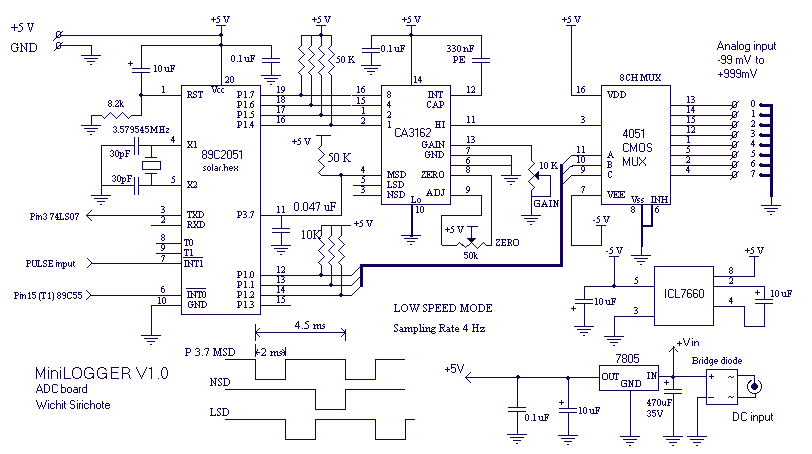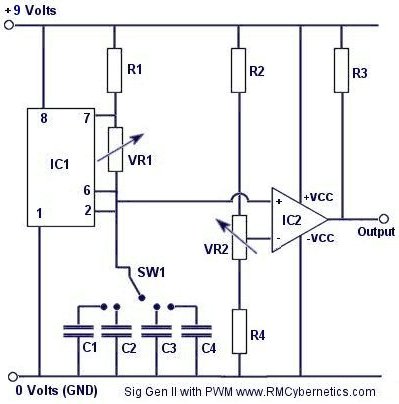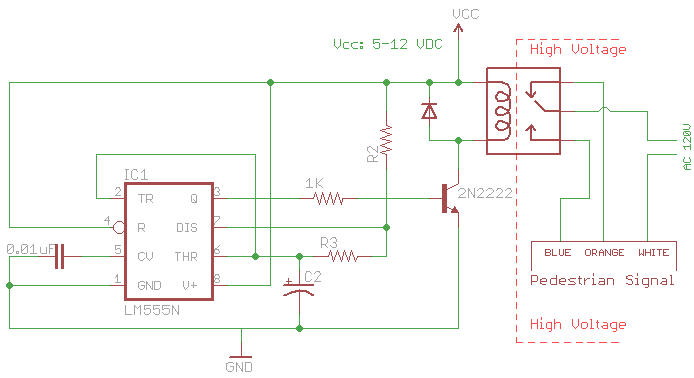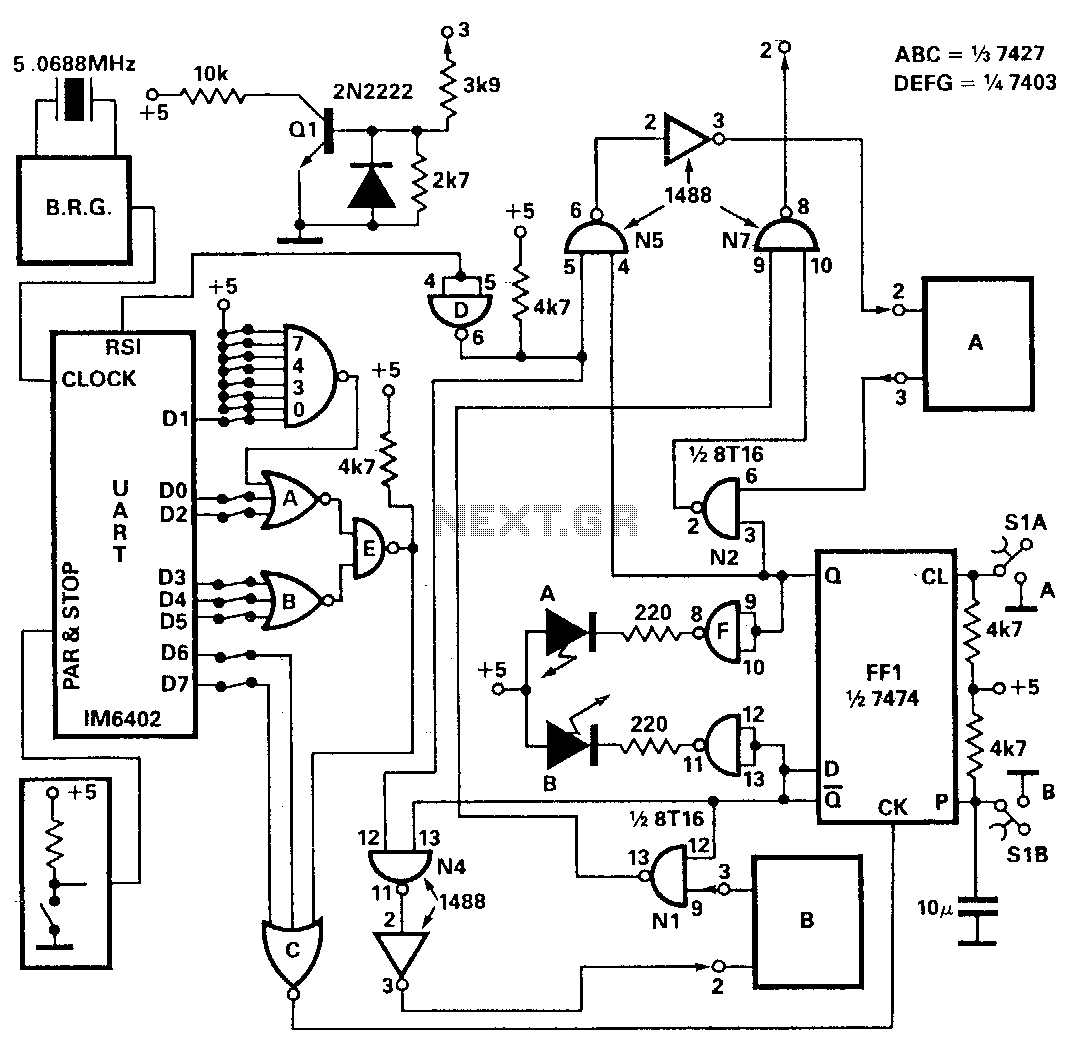
Personal data logger for recording analog signal

The MiniLOGGER provides 8-channel analog input (-99mV to +999mV), 1-channel pulse input, battery backup 256kB SRAM, Real-time Clock, and RS232C. Start/Stop recording can be made by MANUAL switch or preprogrammed Start/Stop Time. The format of uploading data is ASCII format, suitable for importing and graphing by Excel or any Scientific Plot Program. Exemplary circuit used for measuring Insolation and Air Temperature vs. Time is included.
The MiniLOGGER is designed as a versatile data acquisition module, capable of capturing and recording various types of analog and digital signals. The device features eight analog input channels, which can measure voltages ranging from -99mV to +999mV. This range allows for the monitoring of low-level signals, making it suitable for applications such as environmental monitoring and sensor data logging. Additionally, the inclusion of a single pulse input channel enables the MiniLOGGER to record event-driven data, which can be critical for time-sensitive experiments.
The device is equipped with a 256kB SRAM for data storage, providing sufficient memory for long-term data collection. This is particularly useful in applications requiring continuous monitoring over extended periods. The built-in real-time clock ensures that all recorded data is time-stamped, allowing for accurate correlation of measurements with respect to time.
Data recording can be initiated manually via a switch or automatically through preprogrammed start and stop times, offering flexibility in operation. This feature is particularly beneficial in experimental setups where precise timing is essential. The recorded data is output in ASCII format, facilitating easy import into software applications such as Excel or any scientific plotting programs for further analysis and visualization.
The exemplary circuit mentioned for measuring insolation and air temperature versus time likely involves the integration of specific sensors, such as pyranometers for solar radiation measurement and thermistors or thermocouples for temperature monitoring. These sensors would interface with the analog input channels of the MiniLOGGER, allowing for effective data collection and analysis in the context of evaluating the performance of a grid-connected photovoltaic system. The design of the MiniLOGGER, with its robust features and flexible data handling capabilities, makes it an essential tool for researchers and engineers in the field of renewable energy and environmental studies.The MiniLOGGER provides 8-channel analog input(-99mV to +999mV), 1-channel pulse input, battery backup 256kB SRAM, Real-time Clock, and RS232C. Start/Stop recording can be made by MANUAL switch or preprogrammed Start/Stop Time. The format of uploading data is ASCII format, suitable for importing and graphing by Excel or any Scientific Plot Program.
Exemplary circuit used for measuring Insolation and Air Temperature vs. Time is included. I have designed the MiniLOGGER to be used as a data acquisition module for my experiment, "Long-term Evaluation of Grid Connected PV System". Formerly, there`s a signal conditioner board having chopper stabilized DC amplifier for Pyranomete 🔗 External reference
The MiniLOGGER is designed as a versatile data acquisition module, capable of capturing and recording various types of analog and digital signals. The device features eight analog input channels, which can measure voltages ranging from -99mV to +999mV. This range allows for the monitoring of low-level signals, making it suitable for applications such as environmental monitoring and sensor data logging. Additionally, the inclusion of a single pulse input channel enables the MiniLOGGER to record event-driven data, which can be critical for time-sensitive experiments.
The device is equipped with a 256kB SRAM for data storage, providing sufficient memory for long-term data collection. This is particularly useful in applications requiring continuous monitoring over extended periods. The built-in real-time clock ensures that all recorded data is time-stamped, allowing for accurate correlation of measurements with respect to time.
Data recording can be initiated manually via a switch or automatically through preprogrammed start and stop times, offering flexibility in operation. This feature is particularly beneficial in experimental setups where precise timing is essential. The recorded data is output in ASCII format, facilitating easy import into software applications such as Excel or any scientific plotting programs for further analysis and visualization.
The exemplary circuit mentioned for measuring insolation and air temperature versus time likely involves the integration of specific sensors, such as pyranometers for solar radiation measurement and thermistors or thermocouples for temperature monitoring. These sensors would interface with the analog input channels of the MiniLOGGER, allowing for effective data collection and analysis in the context of evaluating the performance of a grid-connected photovoltaic system. The design of the MiniLOGGER, with its robust features and flexible data handling capabilities, makes it an essential tool for researchers and engineers in the field of renewable energy and environmental studies.The MiniLOGGER provides 8-channel analog input(-99mV to +999mV), 1-channel pulse input, battery backup 256kB SRAM, Real-time Clock, and RS232C. Start/Stop recording can be made by MANUAL switch or preprogrammed Start/Stop Time. The format of uploading data is ASCII format, suitable for importing and graphing by Excel or any Scientific Plot Program.
Exemplary circuit used for measuring Insolation and Air Temperature vs. Time is included. I have designed the MiniLOGGER to be used as a data acquisition module for my experiment, "Long-term Evaluation of Grid Connected PV System". Formerly, there`s a signal conditioner board having chopper stabilized DC amplifier for Pyranomete 🔗 External reference





